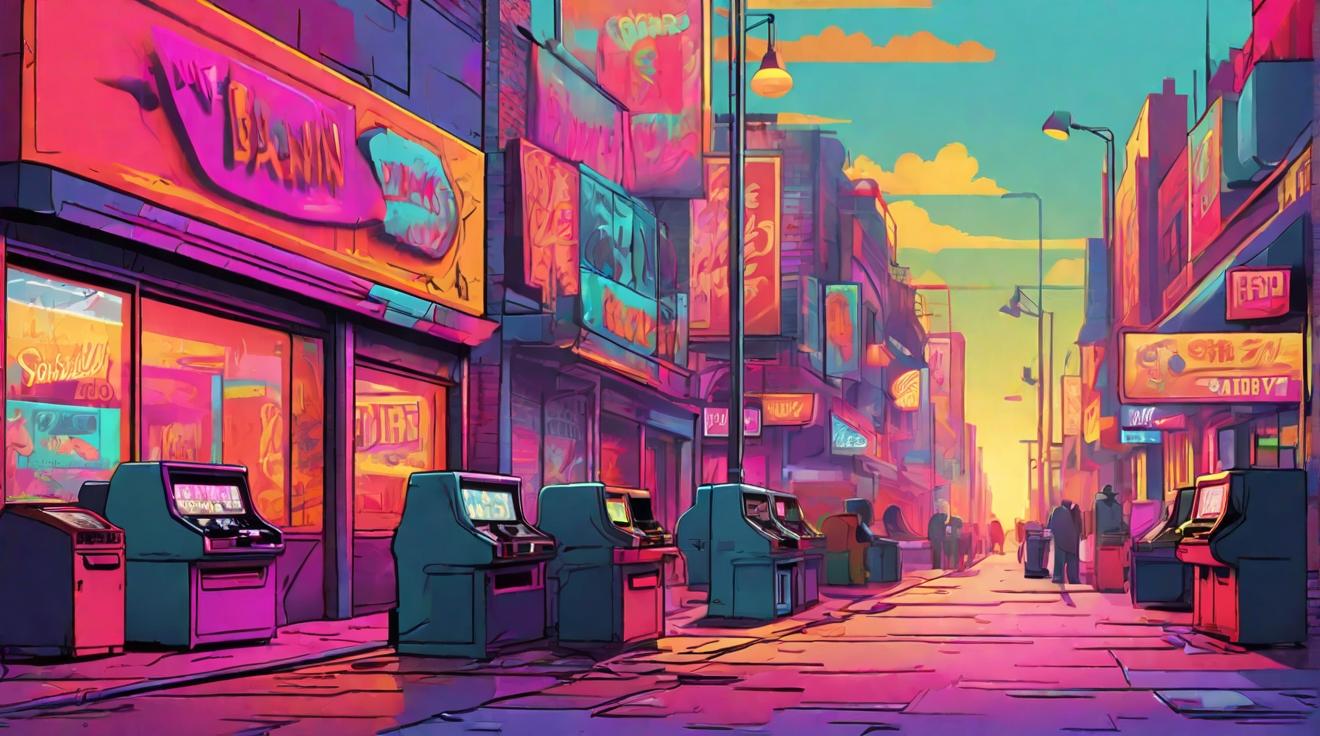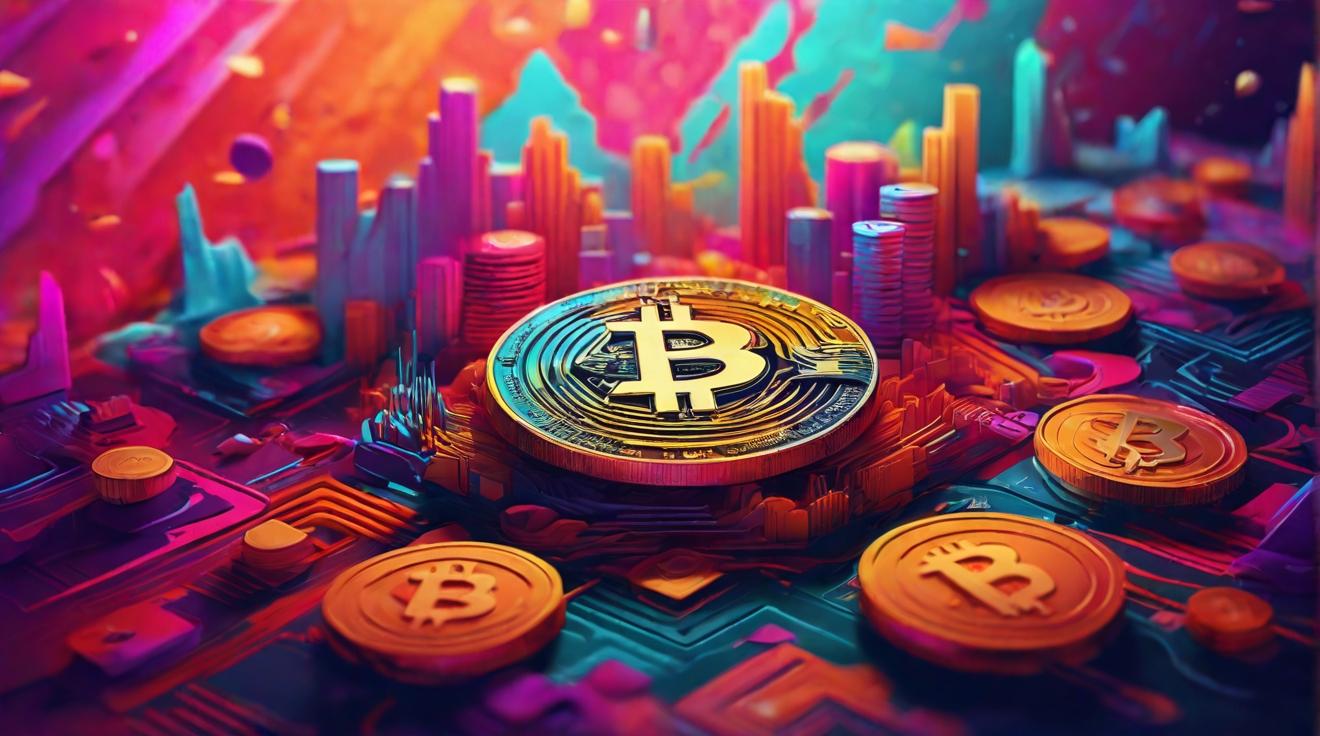Mixed Signals in the NFT Market: Is the Boom Over?
In recent times, the NFT market has shown a noticeable trend: while spending on NFTs has increased, the number of transactions has significantly declined. For instance, between August 3-10, 2024, total spending on NFTs reached $95.42 million, a 6.29% increase compared to the previous week. Yet, the number of NFTs sold dropped by 77.25%, and the number of purchased NFTs fell by 86.34%.
This paradox suggests that a smaller group of consumers is investing larger amounts in digital art and collectibles. The first NFT was created in 2014, but the hype around NFTs became widespread in 2021. So, what does this mean for the future of NFTs? Are they still popular, or is the boom over?
Ethereum Maintains Leadership, Others Rise
Despite the decline in transactions, Ethereum remains the dominant blockchain for NFTs, with a transaction volume of $32.46 million. However, other blockchains are also making their mark. Solana showed a notable increase of 11.08%, reaching $19.52 million. Bitcoin NFTs came in third but experienced a decrease, falling to $14.69 million.
Among the most popular NFT collections last week, Mythos’s Dmarket stood out, generating $7.22 million in sales, a significant 334.87% increase. Collections like Guild of Guardians and Sorare also remained popular. High-value sales, such as Autoglyphs #172 for $207,500, indicate ongoing interest from collectors.
Reasons for the Decline in NFT Popularity
The artificial inflation of NFT values is a significant factor in the declining popularity. Many investors paid exorbitant prices without fully understanding the true value of NFTs. For example, a student once sold meaningless selfies as NFTs at high prices. Similarly, the NFT of Jack Dorsey’s first tweet, which was bought for $2.9 million, received low offers later, displaying the bubble effect.
What’s Next for the NFT Market?
The mixed signals in the NFT market—increasing spending but declining transaction numbers—suggest a complex outlook. While some collectors continue to invest in rare NFTs, others might find them too expensive or have lost interest. Given the early stage of NFT technology and market volatility, predicting the future remains challenging.
Many experts advise potential investors to conduct thorough research and consider the risks, as NFT prices can change rapidly. The patterns observed this week could indicate a larger trend or may only be a temporary disruption.
Understanding NFTs
An NFT (Non-Fungible Token) is a unique digital asset registered on a blockchain. Unlike traditional cryptocurrencies like Bitcoin, each NFT has distinct metadata and identification codes, making it unique. They often represent digital art, virtual real estate, or even physical objects, gaining value due to this uniqueness.
Future of NFTs
Though NFT values have declined, possibly due to the broader crypto market downturn, the future still seems promising. According to Gartner, by 2026, about 25% of people will spend at least an hour daily in the metaverse, with NFTs playing a crucial role.
Future potentials include social NFTs that help content creators engage with fans and service NFTs offering rewards or exclusive perks. For example, special NFTs might provide concert access. While the value decline may suggest a bursting bubble, the core values and future potential of NFTs remain significant.













